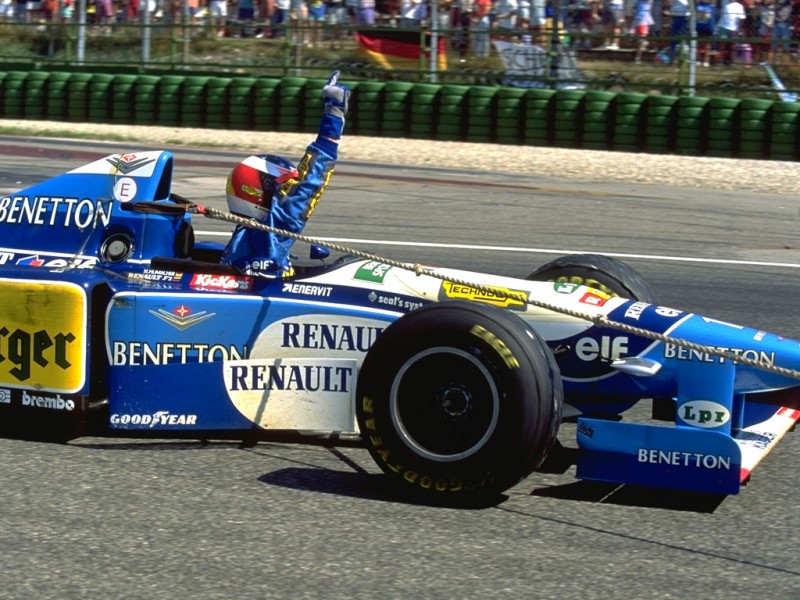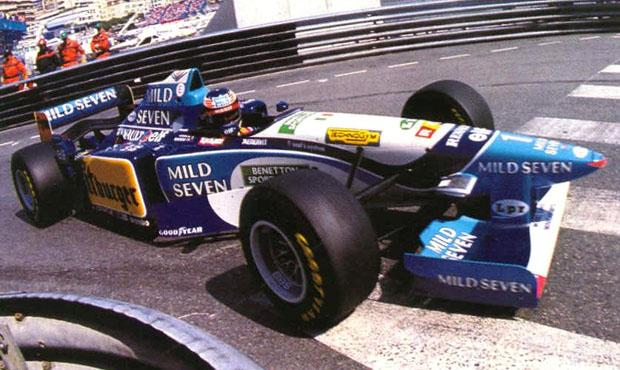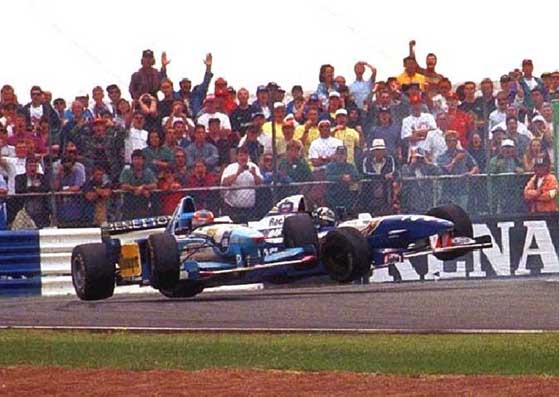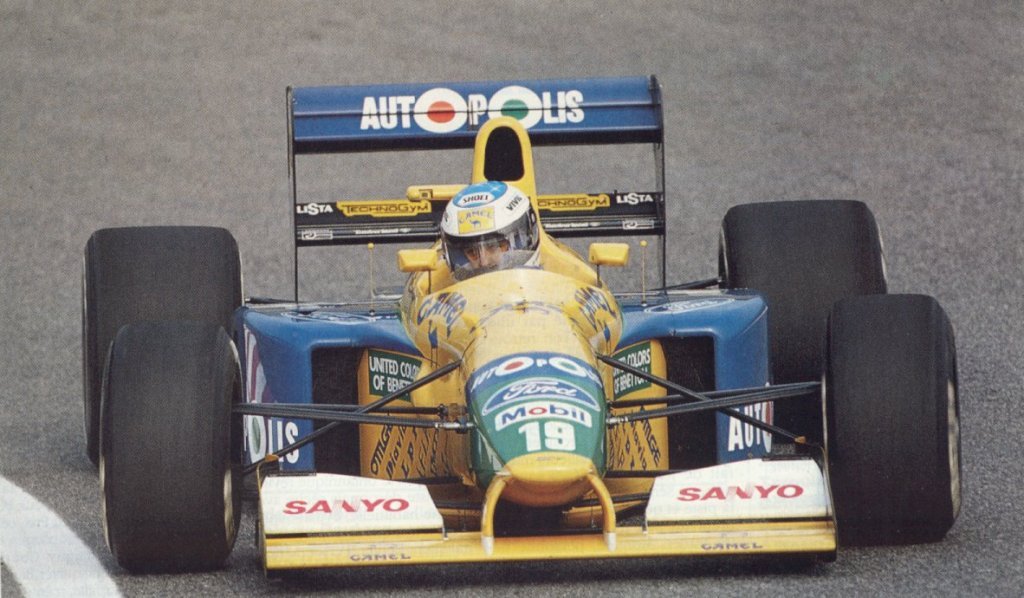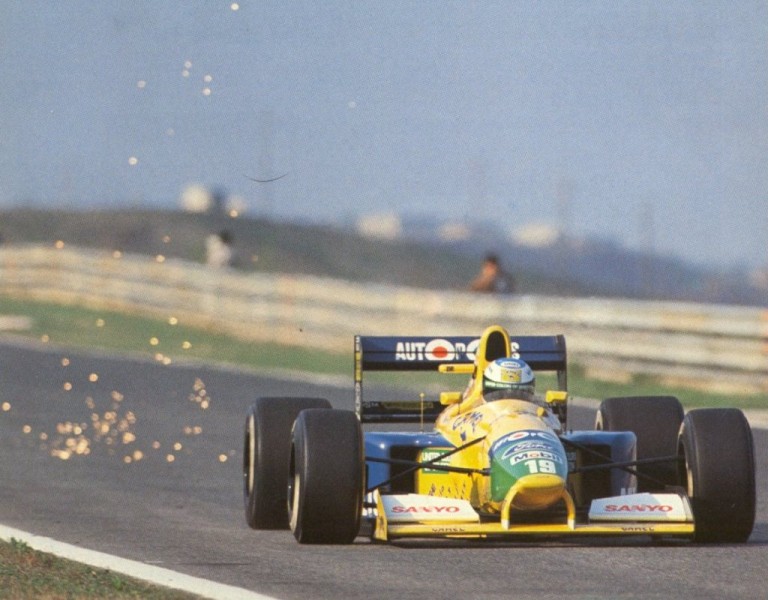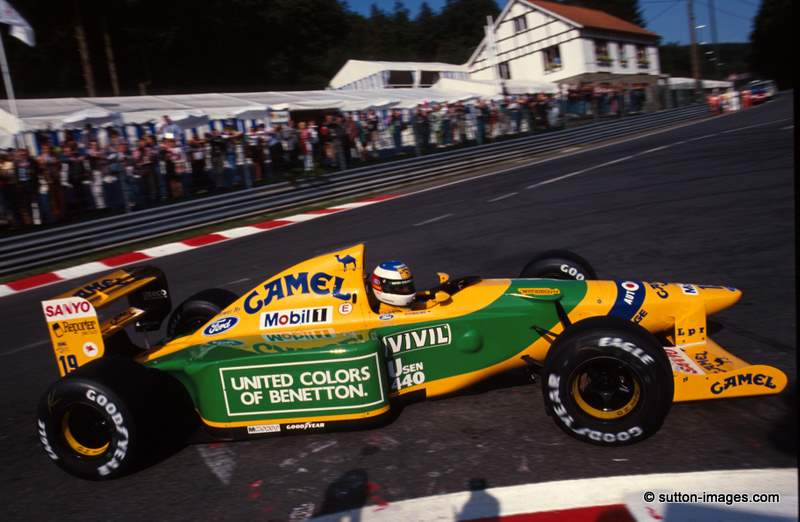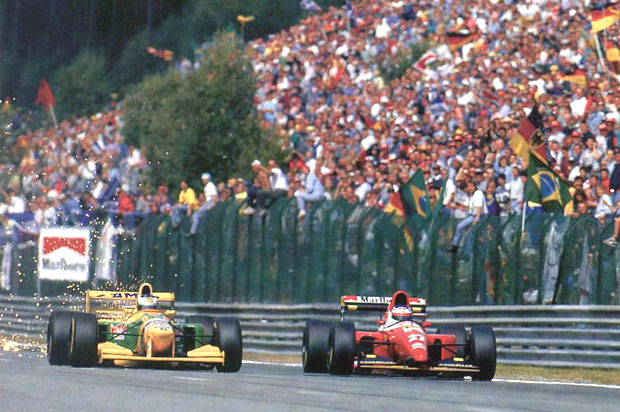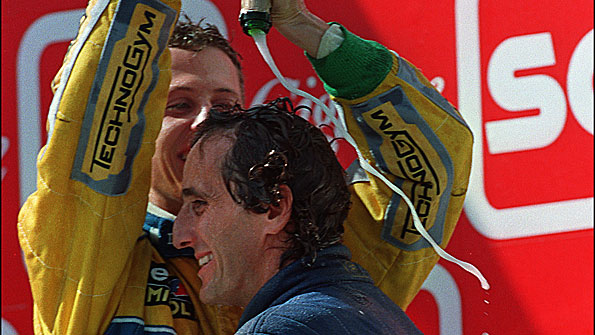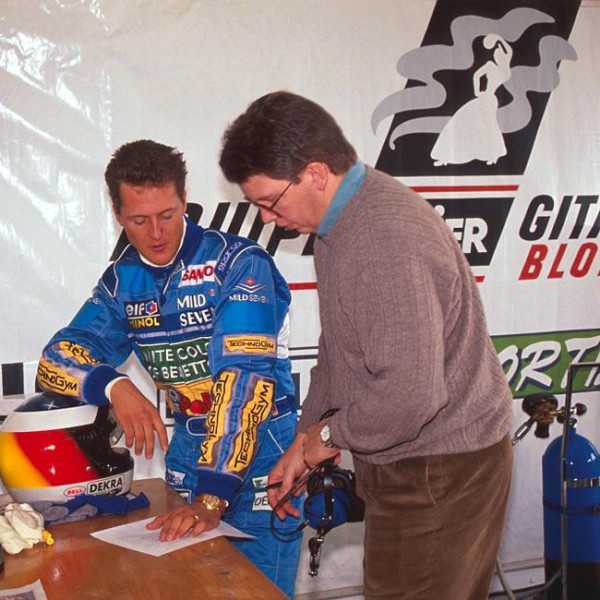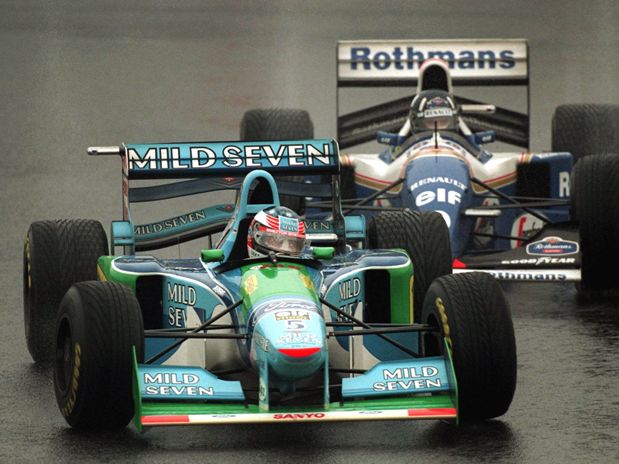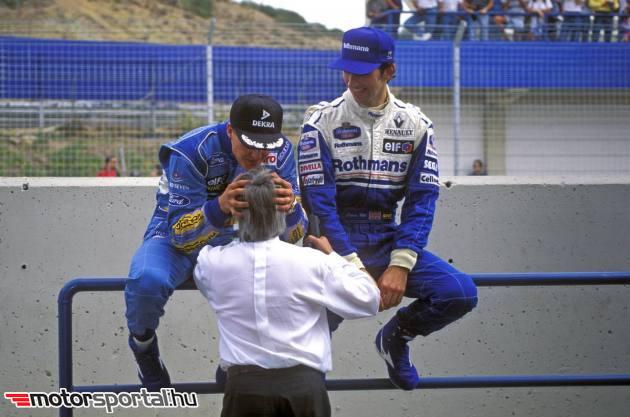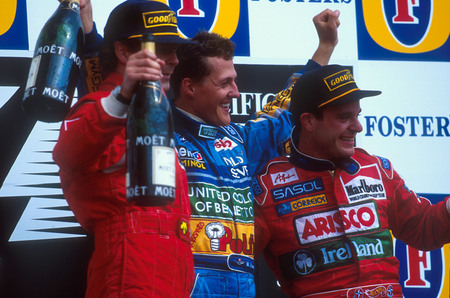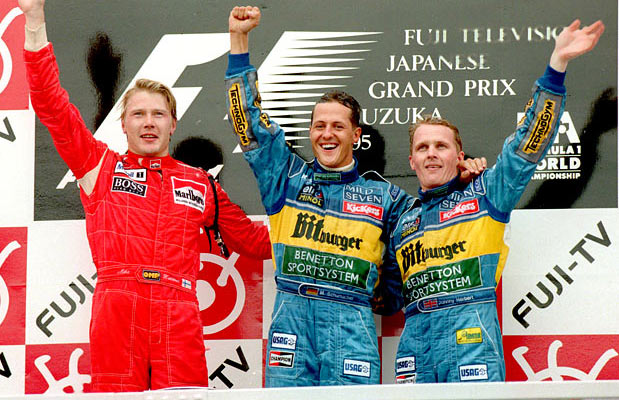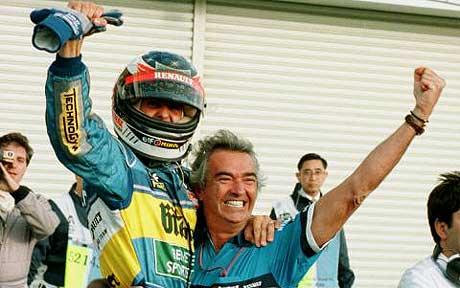1991-1995
Benetton
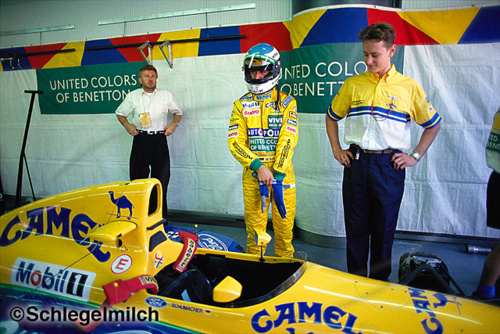
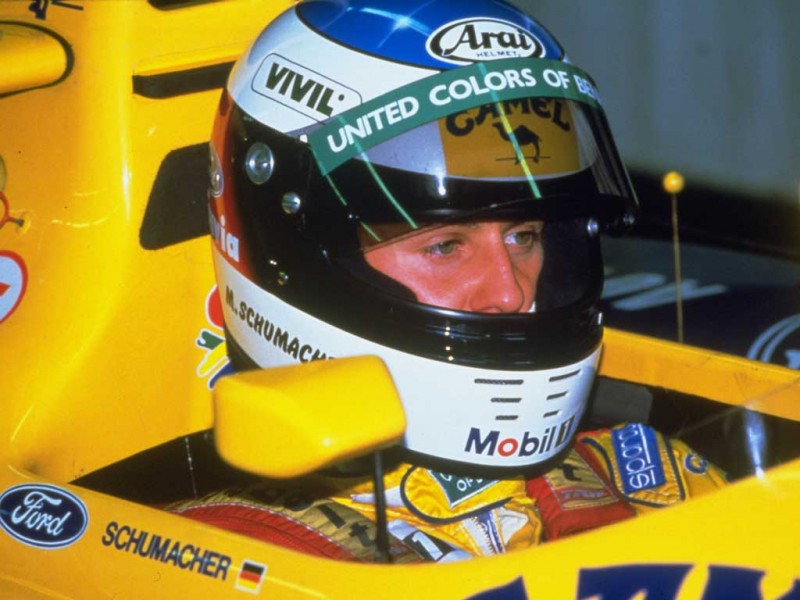
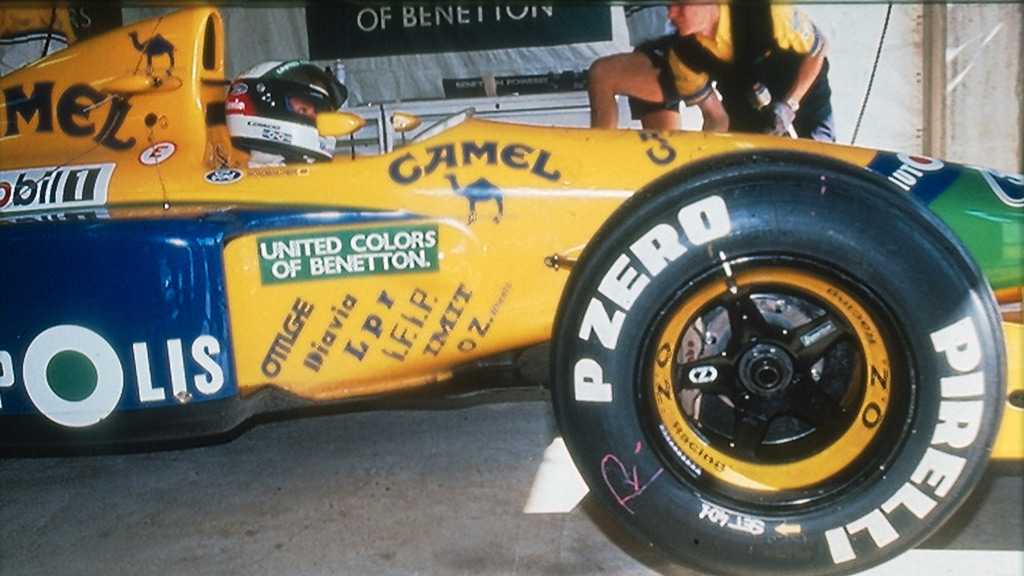
After his debut, and despite Jordan's signed agreement in principle with Schumacher's Mercedes management for the remainder of the season, Schumacher was signed by Benetton-Ford for the following race. Jordan applied for an injunction in the UK courts to prevent Schumacher driving for Benetton, but lost the case as they had not yet signed a contract. Schumacher finished the 1991 season with four points out of six races. His best finish was fifth in his second race, the Italian Grand Prix, in which he finished ahead of his team-mate and three-time World Champion Nelson Piquet.
At the start of the 1992 season the Sauber team, planning their Formula One debut with Mercedes backing for the following year, invoked a clause in Schumacher's contract which stated that if Mercedes entered Formula One, Schumacher would drive for them. It was eventually agreed that Schumacher would stay with Benetton, Peter Sauber said that "[Schumacher] didn't want to drive for us. Why would I have forced him?".
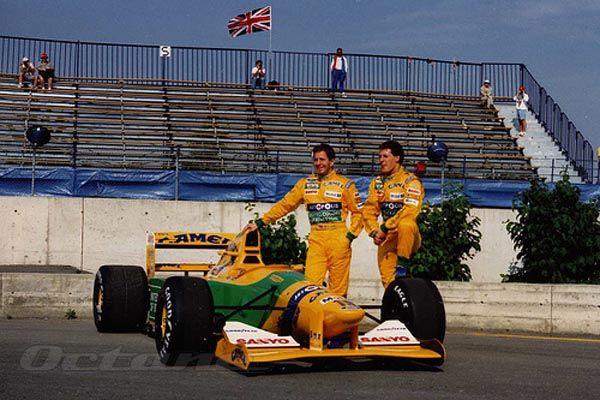
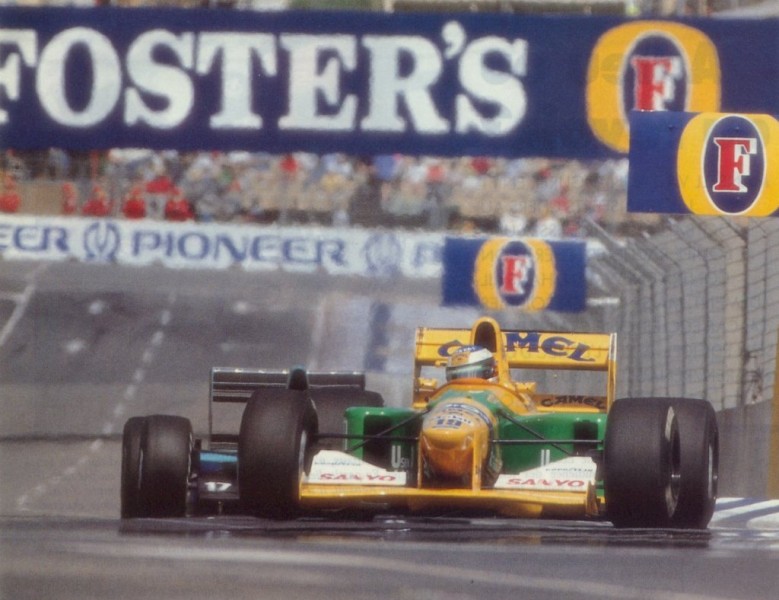
The year was dominated by the Williams of Nigel Mansell and Riccardo Patrese, featuring powerful Renault engines, semi-automatic gearboxes and active suspension to control the car's ride height. In the "conventional" Benetton B192 Schumacher took his place on the podium for the first time, finishing third in the Mexican Grand Prix. He went on to take his first victory at the Belgian Grand Prix, in a wet race at the Spa-Francorchamps circuit, which by 2003 he would call "far and away my favourite track". He finished third in the Drivers' Championship in 1992 with 53 points, three points behind runner-up Patrese.
The Williams of Damon Hill and Alain Prost also dominated the 1993 season. Benetton introduced their own active suspension and traction control early in the season, last of the frontrunning teams to do so. Schumacher won one race, the Portuguese Grand Prix where he beat Prost, and had nine podium finishes, but retired in seven of the other 15 races. He finished the season in fourth, with 52 points.
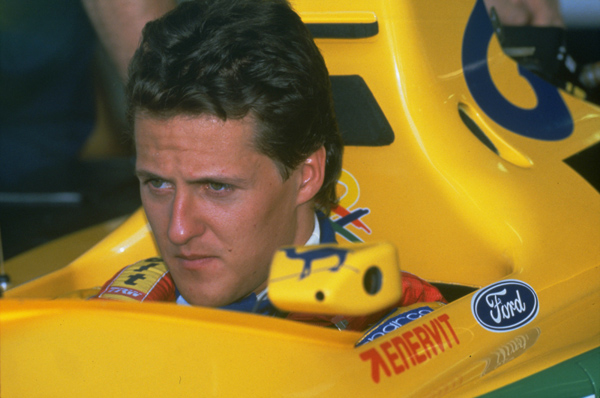
1994–1995 World Championship years
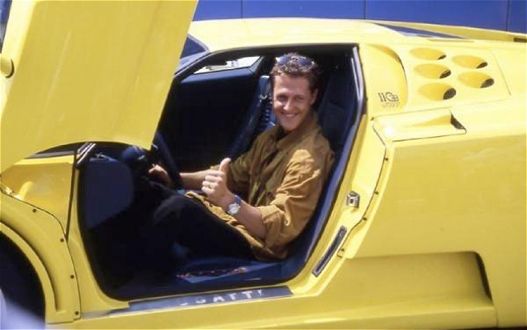
The 1994 season was Schumacher's first Drivers' Championship. The season, however, was marred by the deaths of Ayrton Senna (witnessed by Schumacher, who was directly behind in 2nd position) and Roland Ratzenberger during the San Marino Grand Prix, and by allegations that several teams, but most particularly Schumacher's Benetton team, broke the sport's technical regulations.
Schumacher won six of the first seven races and was leading the Spanish Grand Prix, before a gearbox failure left him stuck in fifth gear. Schumacher finished the race in second place. Following the San Marino Grand Prix, the Benetton, Ferrari and McLaren teams were investigated on suspicion of breaking the FIA-imposed ban on electronic aids. Benetton and McLaren initially refused to hand over their source code for investigation. When they did so, the FIA discovered hidden functionality in both teams' software, but no evidence that it had been used in a race. Both teams were fined $100,000 for their initial refusal to cooperate. However, the McLaren software, which was a gearbox program that allowed automatic shifts, was deemed legal.
By contrast, the Benetton software was deemed to be a form of "launch control" that would have allowed Schumacher to make perfect starts, which was explicitly outlawed by the regulations. However, there was no evidence to suggest that this software was actually used. At the British Grand Prix, Schumacher was penalised for overtaking on the formation lap. He then ignored the penalty and the subsequent black flag, which indicates that the driver must immediately return to the pits, for which he was disqualified and later given a two-race ban.
Benetton blamed the incident on a communication error between the stewards and the team. Schumacher was also disqualified after winning the Belgian Grand Prix after his car was found to have illegal wear on its skidblock, a measure used after the accidents at Imola to limit downforce and hence cornering speed. Benetton protested that the skidblock had been damaged when Schumacher spun over a kerb, but the FIA rejected their appeal because of the pattern of wear and damage visible on the block. These incidents helped Damon Hill close the points gap, and Schumacher led by a single point going into the final race in Australia. On lap 36 Schumacher hit the guardrail on the outside of the track while leading. Hill attempted to pass but as Schumacher's car returned to the track there was a collision on the corner causing them both to retire. As a result Schumacher won a very controversial championship, the first German to do so (Jochen Rindt raced under the Austrian flag).
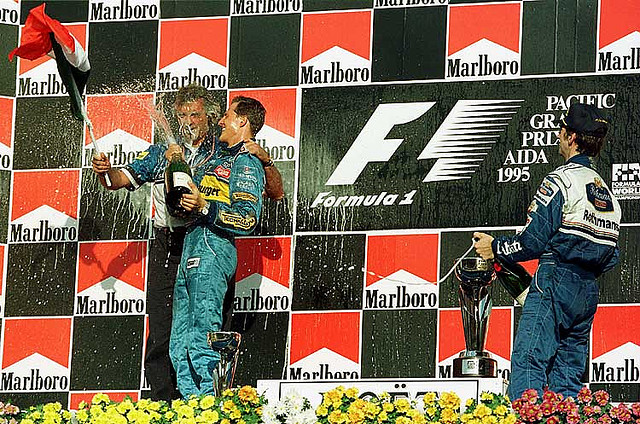
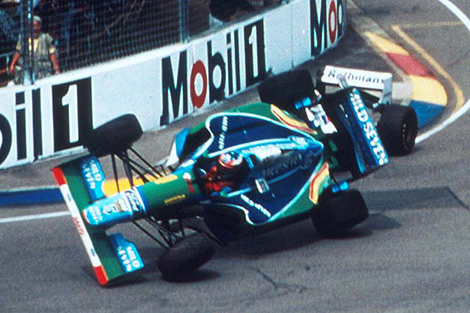
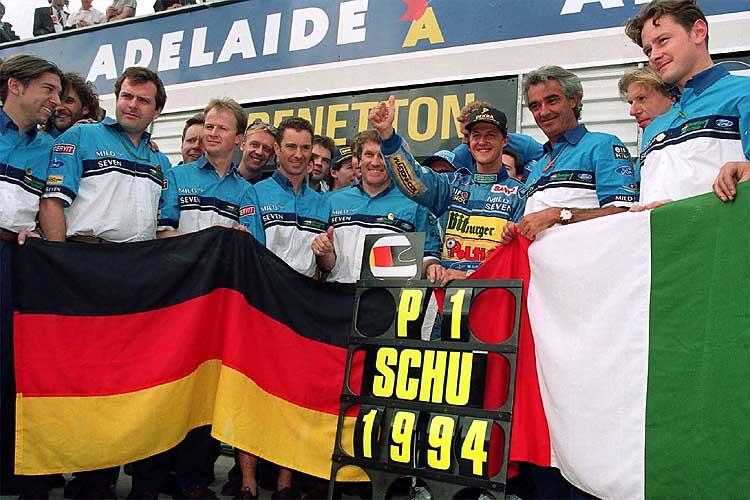
In 1995 Schumacher successfully defended his title with Benetton. He now had the same Renault engine as Williams. He accumulated 33 more points than second-placed Damon Hill. With team-mate Johnny Herbert, he took Benetton to its first Constructors' Championship and became the youngest two-time world champion in Formula One history.
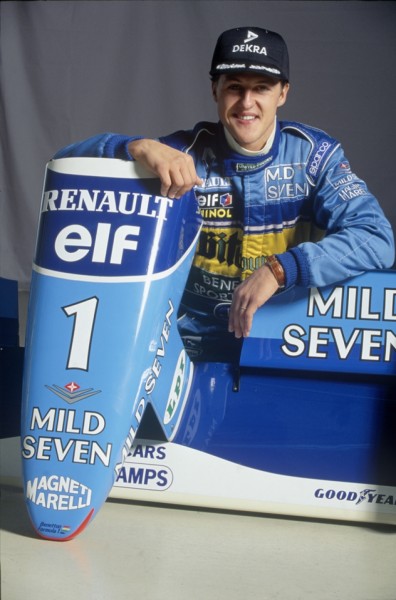

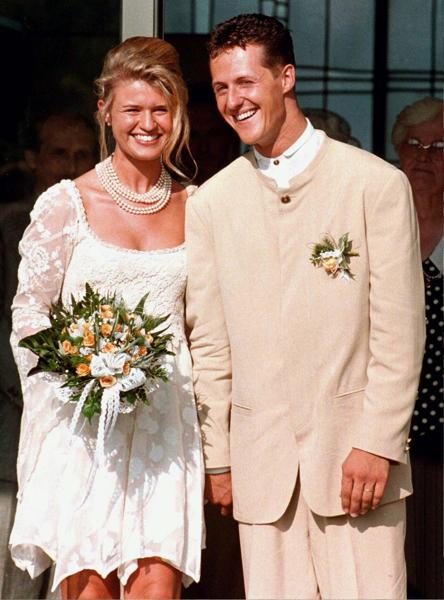
The season was marred by several collisions with Hill, in particular an overtaking manoeuvre by Hill took them both out of the British Grand Prix on lap 45 and again on lap 23 of the Italian Grand Prix. Schumacher won nine of the 17 races, and finished on the podium 11 times. Only once did he qualify worse than fourth; at the Belgian Grand Prix, he qualified 16th, but went on to win the race.
